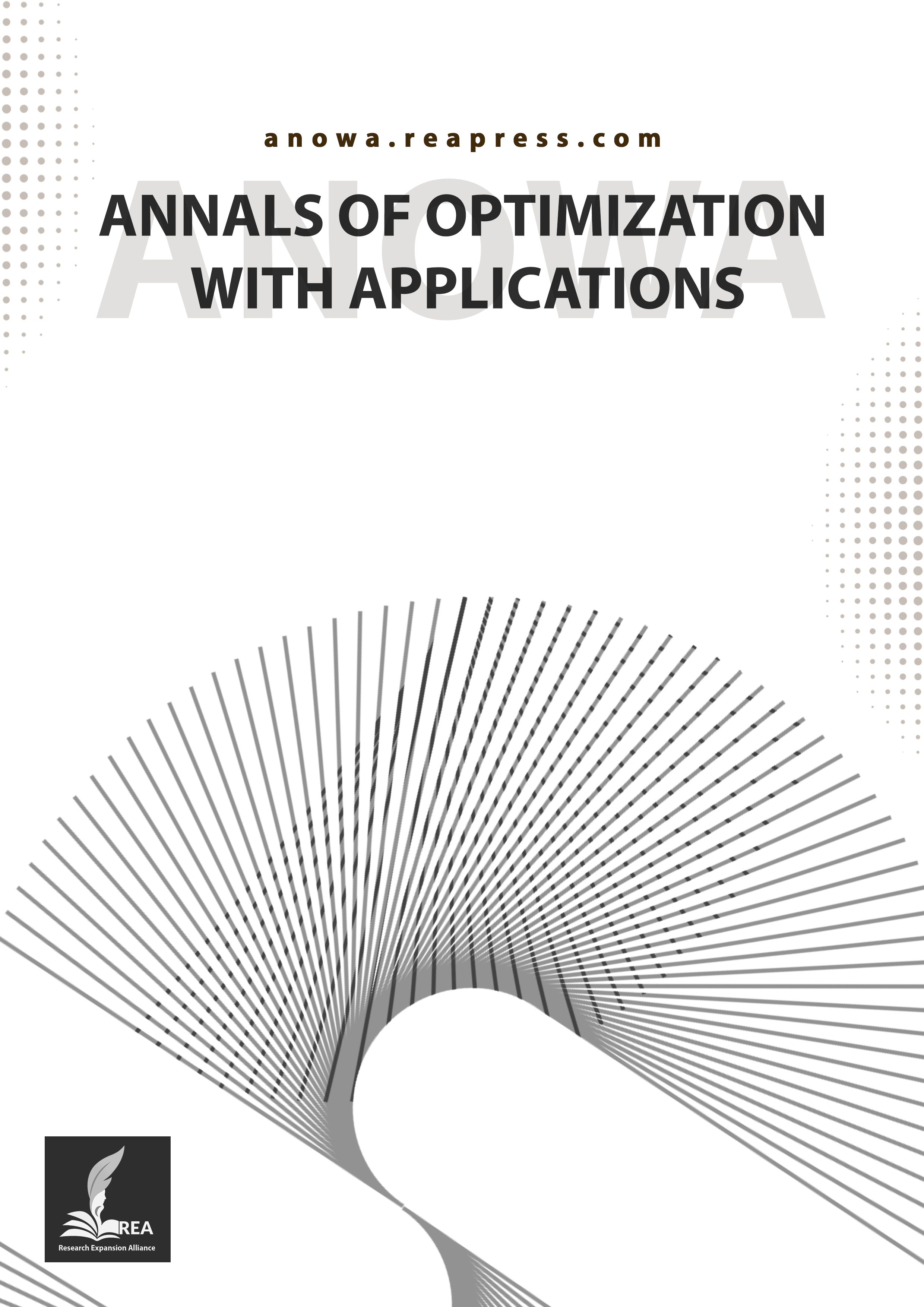Cost, Revenue and Profit Efficiency Evaluation in Downstream Petrochemical Industries with Data Envelopment Analysis Approach with Fuzzy Data
Abstract
One of the applications of data envelopment analysis is the calculation of cost, revenue and profit efficiency, which is used in the financial analysis of organisations. This analysis makes the managers of the organisations make better decisions against the fluctuations caused by the changes in the prices of production inputs in the competitive market, investment risk and other factors effecting their business. In the real world, not all data related to inputs, outputs and their corresponding prices are accurate. Therefore, in order to determine their value, it is necessary to use fuzzy concepts for imprecise data. The purpose of this research is to calculate the cost, revenue and profit efficiency of the production lines of the polymer pipe manufacturing plant from the downstream petrochemical industries with full fuzzy data of the type of triangular fuzzy numbers with an α-cut approach. So that each of the 7 existing production lines is considered as a DMU, this performance evaluation is based on the variety of production lines, product size and limitation in the problem using the data envelopment analysis technique, and then the proposed FDEA model is converted into a family of crisp models to calculate the upper and lower bounds and is ranked based on interval data rules.
Keywords:
Data envelopment analysis, Cost, Revenue and profit efficiency, Fuzzy data, α-cutReferences
- [1] Färe, R., Grosskopf, S., & Weber, W. L. (2004). The effect of risk-based capital requirements on profit efficiency in banking. Applied economics, 36(15), 1731–1743. https://doi.org/10.1080/0003684042000218525
- [2] Charnes, A., Cooper, W. W., & Rhodes, E. (1979). Measuring the efficiency of decision-making units. European journal of operational research, 3(4), 1–339. https://doi.org/10.1016/0377-2217(78)90138-8
- [3] Camanho, A. S., & Dyson, R. G. (2008). A generalisation of the Farrell cost efficiency measure applicable to non-fully competitive settings. Omega, 36(1), 147–162. https://doi.org/10.1016/j.omega.2005.12.004
- [4] Cooper, W. W., Thompson, R. G., & Thrall, R. M. (1996). Chapter 1 introduction: Extensions and new developments in DEA. Annals of operations research, 66, 1–45. https://doi.org/10.1007/BF02125451
- [5] Kao, C., & Liu, S. T. (2003). A mathematical programming approach to fuzzy efficiency ranking. International journal of production economics, 86(2), 145–154. https://doi.org/10.1016/S0925-5273(03)00026-4
- [6] Jahanshahloo, G. R., Hosseinzadeh Lotfi, F., Alimardani Jondabeh, M., Banihashemi, S., & Lakzaie, L. (2008). Cost efficiency measurement with certain price on fuzzy data and application in insurance organization. Applied mathematical sciences, 2(1), 1–18. https://B2n.ir/yq2879
- [7] Lotfi, F. H., Jahanshahloo, G. R., Vahidi, A. R., & Dalirian, A. (2009). Efficiency and effectiveness in multi-activity network DEA model with fuzzy data. Applied mathematical sciences, 3(52), 2603–2618. https://B2n.ir/nj7509
- [8] Aghayi, N. (2017). Cost efficiency measurement with fuzzy data in DEA. Journal of intelligent & fuzzy systems, 32(1), 409–420. https://doi.org/10.3233/JIFS-152079
- [9] Song, J., Ma, X., & Chen, R. (2021). A profit distribution model of reverse logistics based on fuzzy DEA efficiency—modified shapley value. Sustainability, 13(13), 7354. http://dx.doi.org/10.3390/su13137354
- [10] Toloo, M., Aghayi, N., & Rostamy-Malkhalifeh, M. (2008). Measuring overall profit efficiency with interval data. Applied mathematics and computation, 201(1–2), 640–649. https://doi.org/10.1016/j.amc.2007.12.061
- [11] Bagherzadeh Valami, H. (2009). Cost efficiency with triangular fuzzy number input prices: an application of DEA. Chaos, solitons and fractals, 42(3), 1631–1637. https://doi.org/10.1016/j.chaos.2009.03.066
- [12] Ashrafi, A., & Kaleibar, M. M. (2017). Cost, revenue and profit efficiency models in generalized fuzzy data envelopment analysis. Fuzzy information and engineering, 9(2), 237–246. https://doi.org/10.1016/j.fiae.2017.06.007
- [13] Pourmahmoud, J., & Sharak, N. B. (2020). Evaluating cost efficiency using fuzzy data envelopment analysis method. Iranian journal of operations research, 11(1), 25–42. https://doi.org/10.29252/iors.11.1.25


